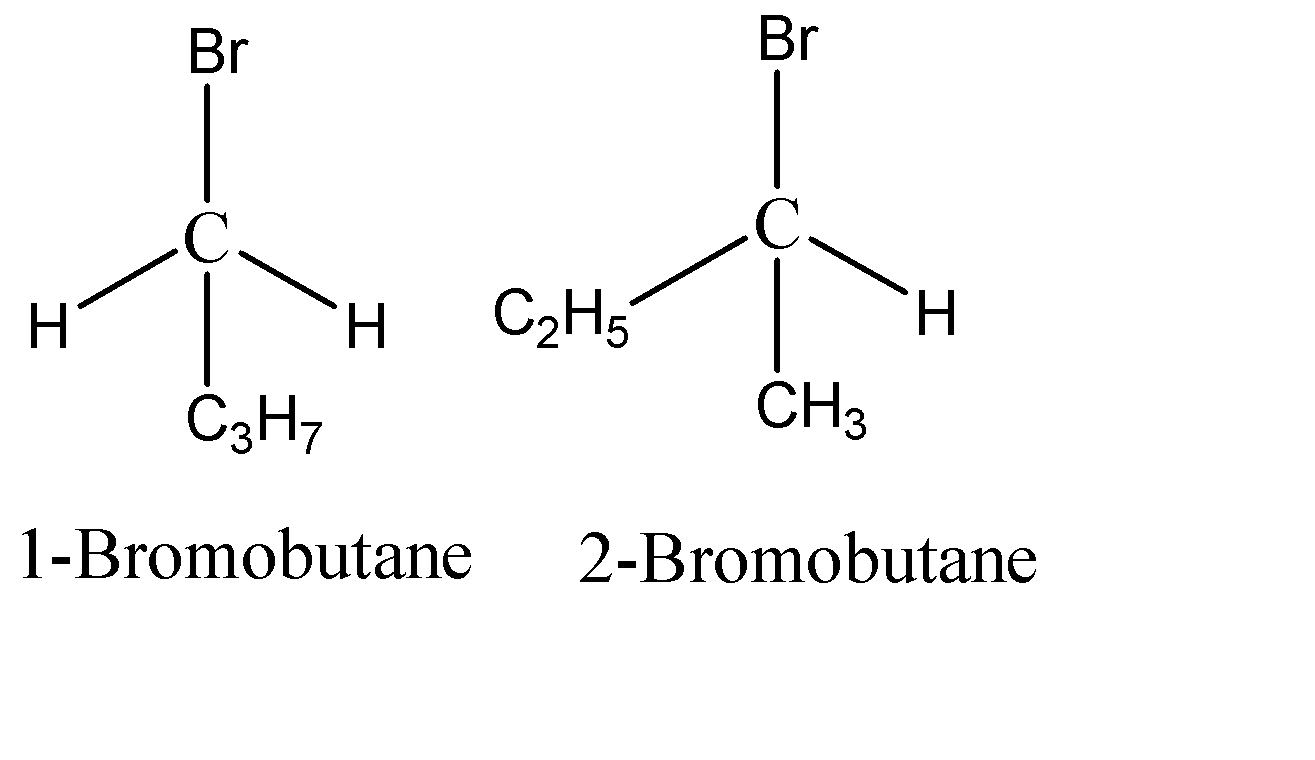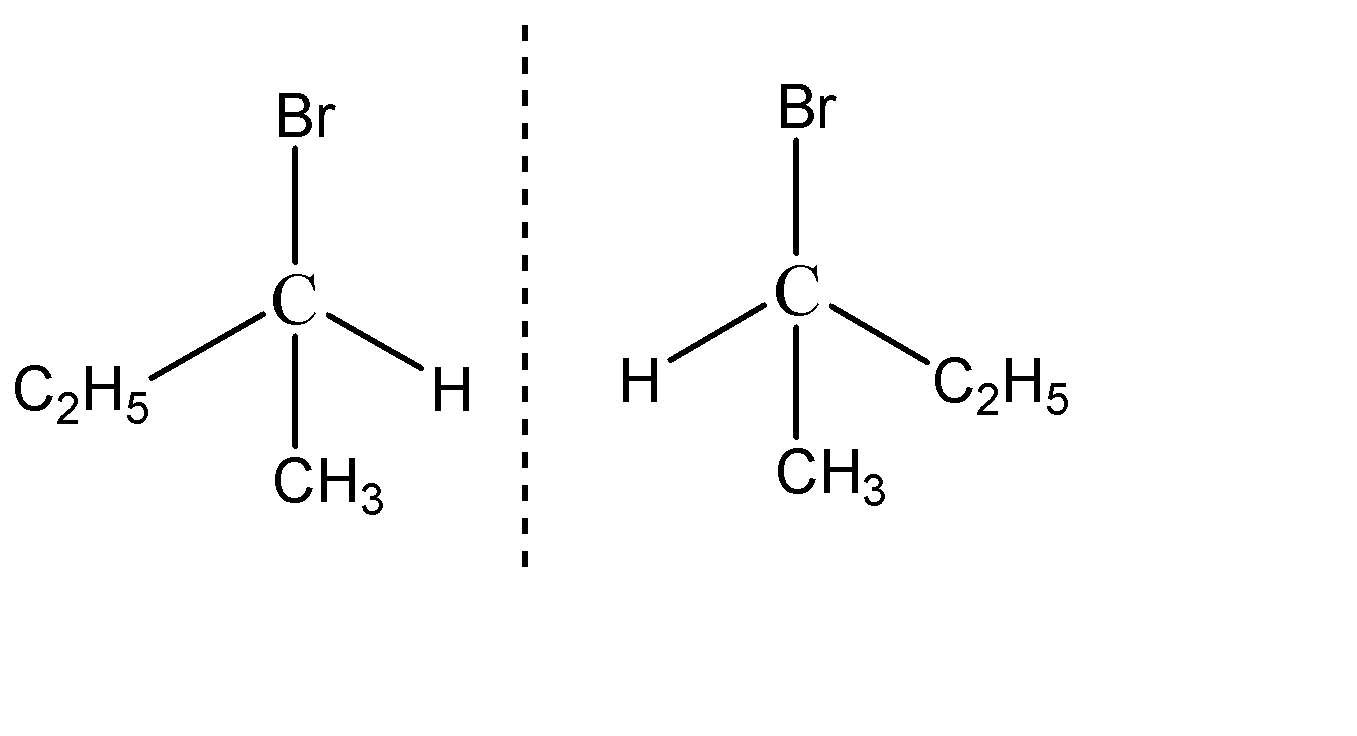Question
Question: 2-Bromobutane is optically active but 1-Bromobutane is optically inactive. Why?...
2-Bromobutane is optically active but 1-Bromobutane is optically inactive. Why?
Solution
A molecule is said to be optically active if it is chiral. A molecule is chiral if it has four different substituents attached to the valencies of the carbon. A compound is optically active only if it is chiral. We may determine the chirality by knowing the structures of the compounds given.
Complete answer:
It was found by Baptiste in 1813 that the plane polarised light when passed through single crystals of quartz or aqueous solutions of lactic acid, rotated the plane polarised light either to the right or to the left. When it was rotated towards right, it was called dextrorotatory, while towards left it is known as laevo rotatory. All the substances that rotate the plane polarised light are said to be optically active.
Optically active molecules are always chiral. The chirality of a molecule results from its structure. It is the property of the molecules that arise from the way they interact with the light. We are given two molecules 2-Bromobutane and 1-Bromobutane. The structure of the molecules can be given as:

As we can see in 2-Bromobutane will have for different substituents- H,Br,C2H5,CH3 , whereas 1-bromobutane has 2 same substituents (H) attached to the carbon. Since 2-bromobutane has all different substituents attached to the carbon, this carbon is known as the Chiral Carbon and the compound is optically active. Since in 1-bromobutane, 2 same Hydrogen atoms are attached, it cannot be a chiral centre.
Note:
Chiral molecules, forming mirror images, which are non-superimposable on each other, are known as enantiomers. 2-Bromobutane forms a mirror image, which on stacking up on the original 2-bromobutane doesn’t superimpose on each other, and thus are known as enantiomers.

